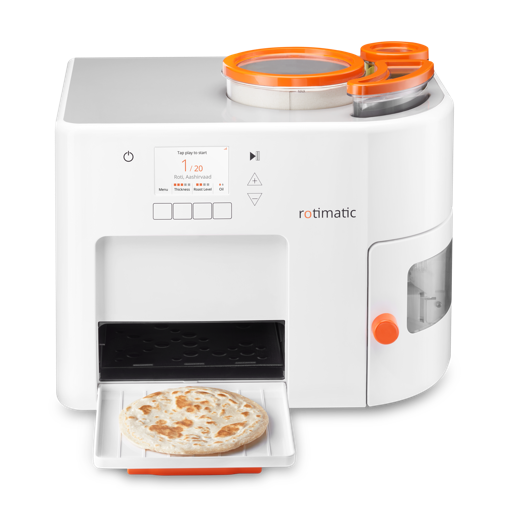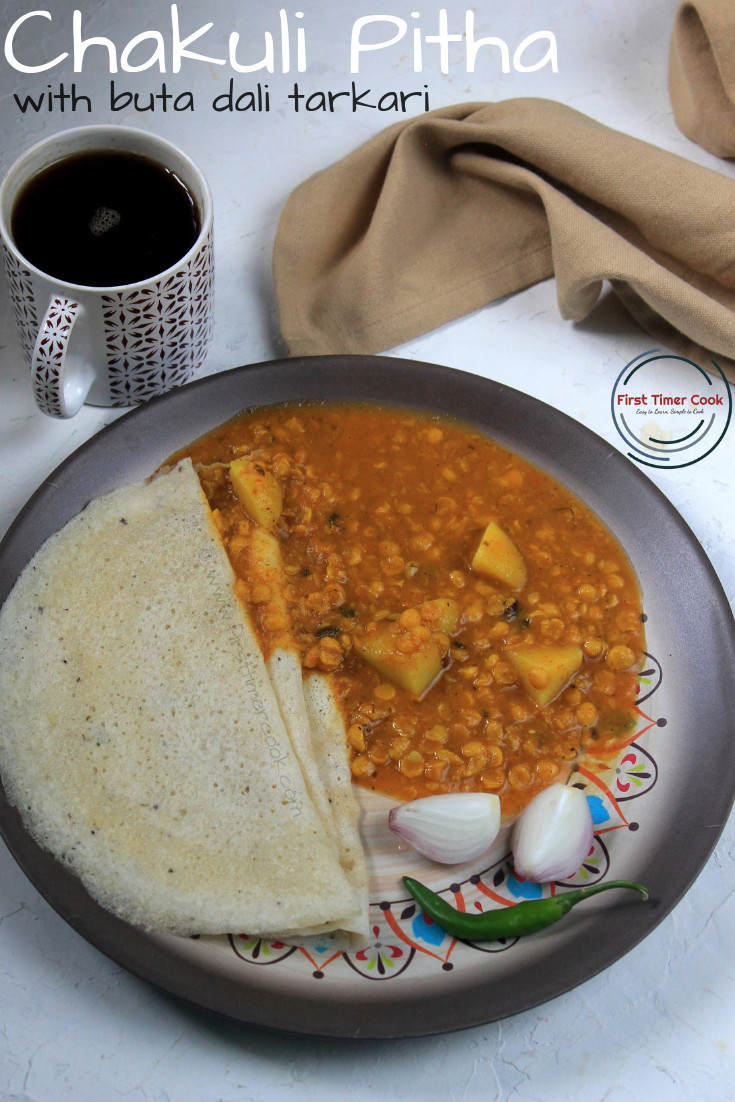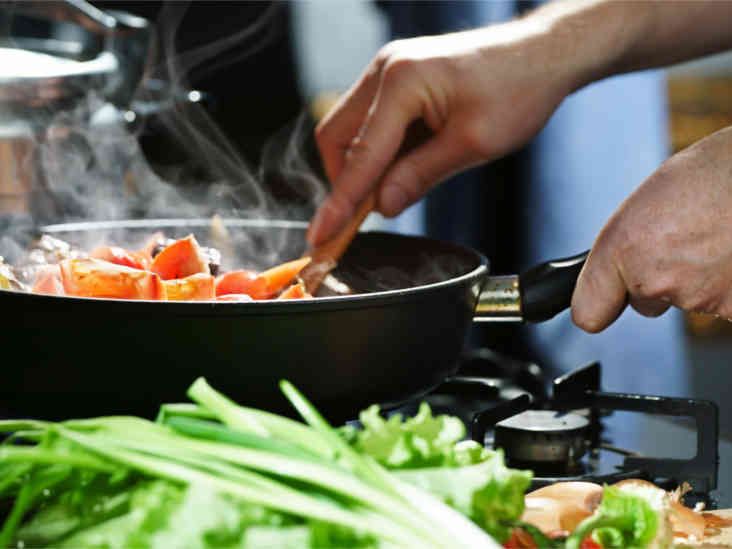I am not new to cooking. I help all the elder females at home with cooking and household chores. While I am decent at most, the ways of making palatable rotis remains a mystery to me.
I have no problem kneading the aata (wheat flour) dough. It's a enjoyable process actually. I spend a good 2-3 minutes punching it once I am done kneading, every single time. Rolling the smaller dough balls is no tough job either. All my rotis are as round as the face of Saitama.
The problem begins with the hot tawa/pan. I somehow fail to find the sweet spot upto which these rolled rotis should be warmed. I over-warm them most of the times, or leave them kachha by warming too little sometimes.
The final stage where we put the warmed rotis on top of direct flame (fire) doesn't really matter much. The dreaded tawa ultimately determines the fate of the rotis. The flame part just serves as the marksheet of your exam. I have so many zeros...
The odds of warming a roti to perfection is like 1 out of 10 for me and we usually cook around 9 rotis per session. As you can guess, I manage to make one perfect roti every 2nd session.
Please share your tips and tricks to help me develop top roti making skills. None of the internet tutorials has worked so far. I want to help my future spouse in household chores. Any help is much appreciated.
I have no problem kneading the aata (wheat flour) dough. It's a enjoyable process actually. I spend a good 2-3 minutes punching it once I am done kneading, every single time. Rolling the smaller dough balls is no tough job either. All my rotis are as round as the face of Saitama.
The problem begins with the hot tawa/pan. I somehow fail to find the sweet spot upto which these rolled rotis should be warmed. I over-warm them most of the times, or leave them kachha by warming too little sometimes.
The final stage where we put the warmed rotis on top of direct flame (fire) doesn't really matter much. The dreaded tawa ultimately determines the fate of the rotis. The flame part just serves as the marksheet of your exam. I have so many zeros...
The odds of warming a roti to perfection is like 1 out of 10 for me and we usually cook around 9 rotis per session. As you can guess, I manage to make one perfect roti every 2nd session.
Please share your tips and tricks to help me develop top roti making skills. None of the internet tutorials has worked so far. I want to help my future spouse in household chores. Any help is much appreciated.




